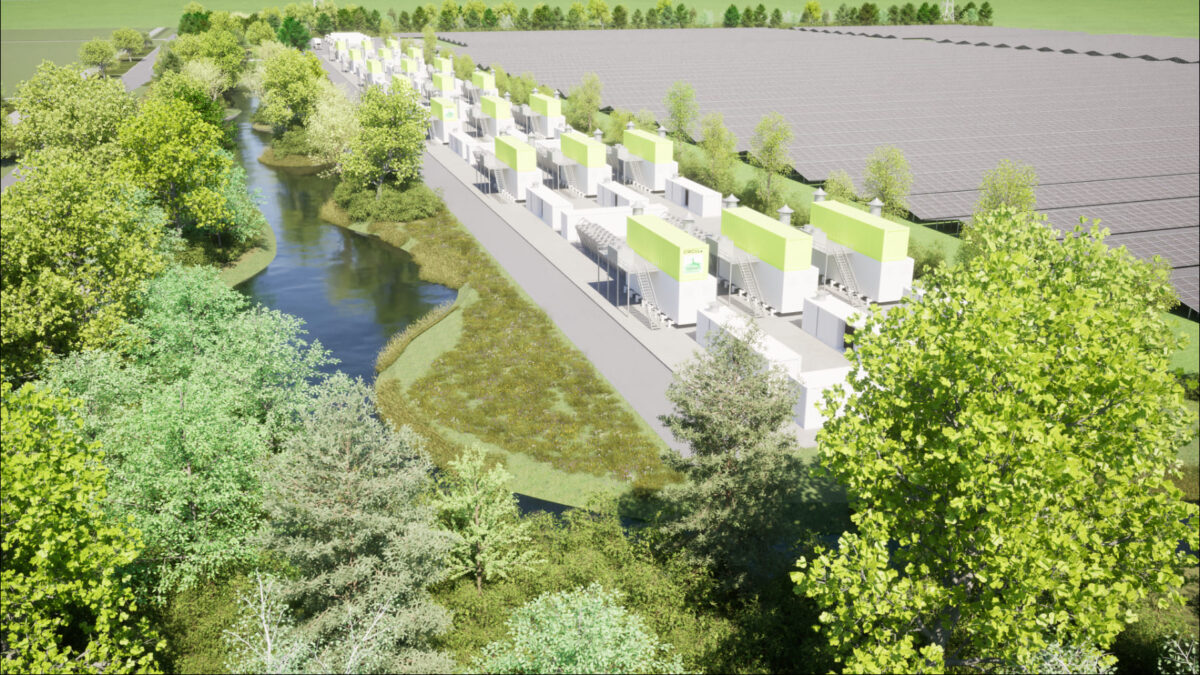Environmental Impact Study HyDeer: Protecting the Environment and Enhancing Grid Flexibility
Theme:
FEED & Feasibility studies
Duration:
Q4 2024 – Q1 2025
Project Coordinator::
Jos Boere
Subsidy:
€ 365,050 (private: € 156,450; TSE Industry Studies grant)
The province of Flevoland is facing serious grid congestion issues. Circul8 aims to help solve this problem by converting part of the region’s electricity production and curtailment (the reduction of solar energy supply) into green hydrogen. This is the goal of HyDeer, a 105 MWe electrolyser. The facility is planned to be built next to a 45 MW solar park.Excess energy can be stored in the form of hydrogen, which Circul8 may also convert into green ammonia to supply local businesses across various sectors. To make HyDeer a reality, an environmental impact study is required. This study will assess the project’s innovative components and help Circul8 make the right design decisions.
HyDeer: Goals and Activities
The environmental impact study is aimed at identifying and evaluating technical and financial design options for the electrolyser in combination with several innovations. Circul8’s goal is to minimize environmental impact and contribute to Flevoland’s target of climate neutrality by 2050. This study is a preparation phase for a larger demonstration project.
Circul8 will carry out the following activities:
-
Conduct an environmental impact study focused on design variables of the electrolyser and its innovative components, including non-technical aspects such as permitting procedures and national energy system integration.
-
Analyze how to achieve optimal flexibility in the energy network, specifically by making the best possible use of regional grid congestion.
-
Develop a pre-engineering plan and basic design for the electrolyser.
-
Update the business case using data collected during the study.

Results
The environmental impact study will lead to a go/no-go decision for the HyDeer demonstration project. In the most favorable scenario, the outcome will form the basis for a well-structured approach to full project implementation. The study will provide detailed insights into various design variables, their associated costs, and environmental impact. Based on these findings, Circul8 will select the most optimal design parameters for the demonstration phase—focusing on maximizing grid flexibility and protecting the environment. The pre-engineering plan will outline how Circul8 can carry out the demonstration project, including a detailed cost breakdown. This will be incorporated into an updated business case, which also takes into account the optimal connection to regional end-users.
HyDeer Environmental Impact Study Consortium
The consortium consists of: Circul8 Waterstof Fabriek.
If you have any questions regarding this project?
Please contact:




